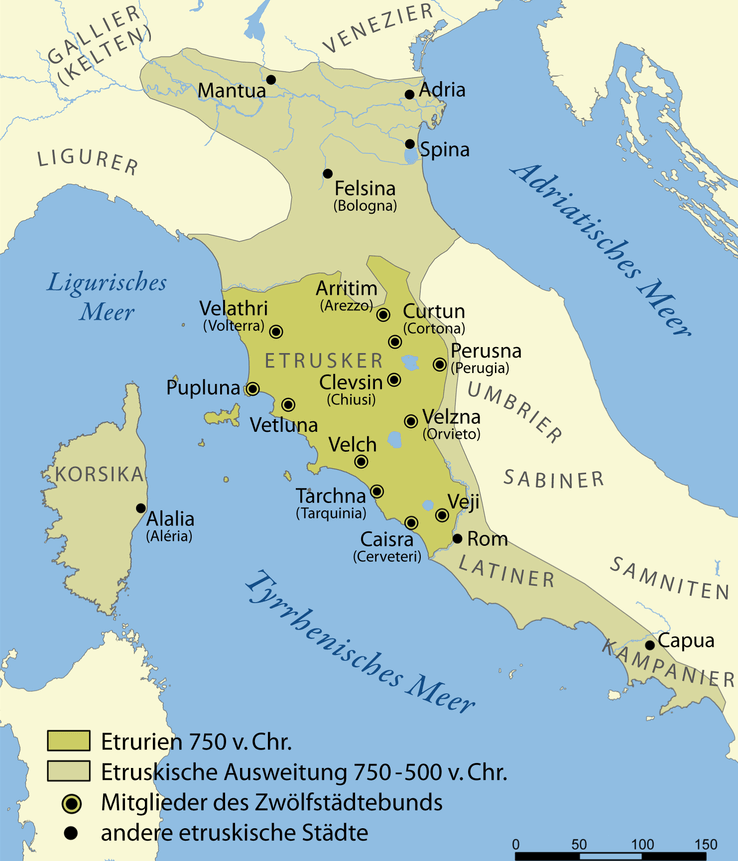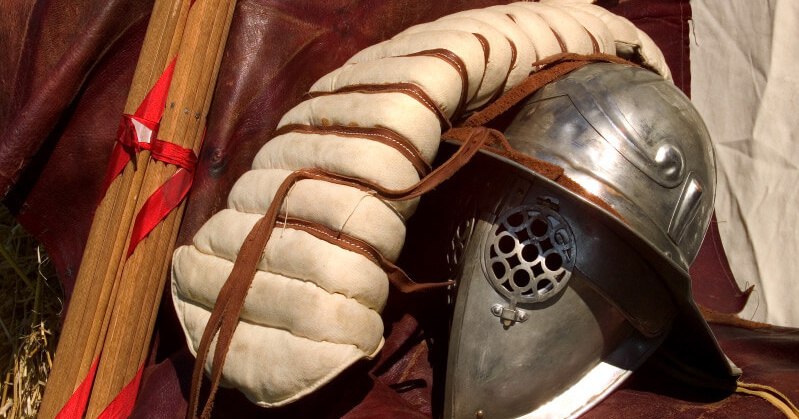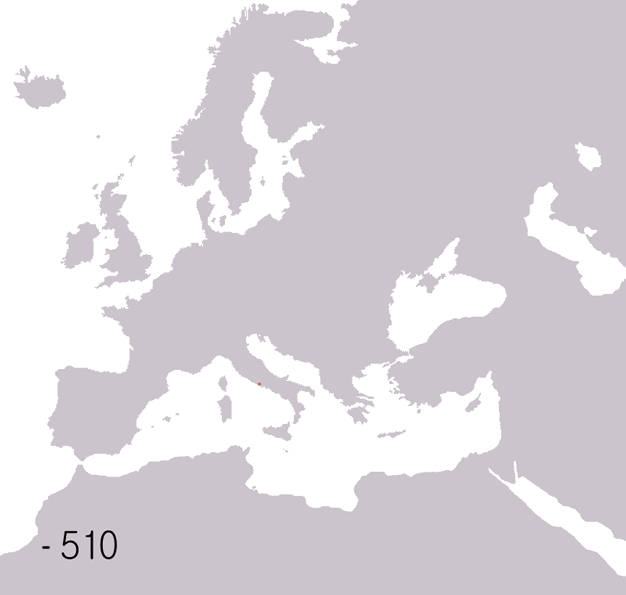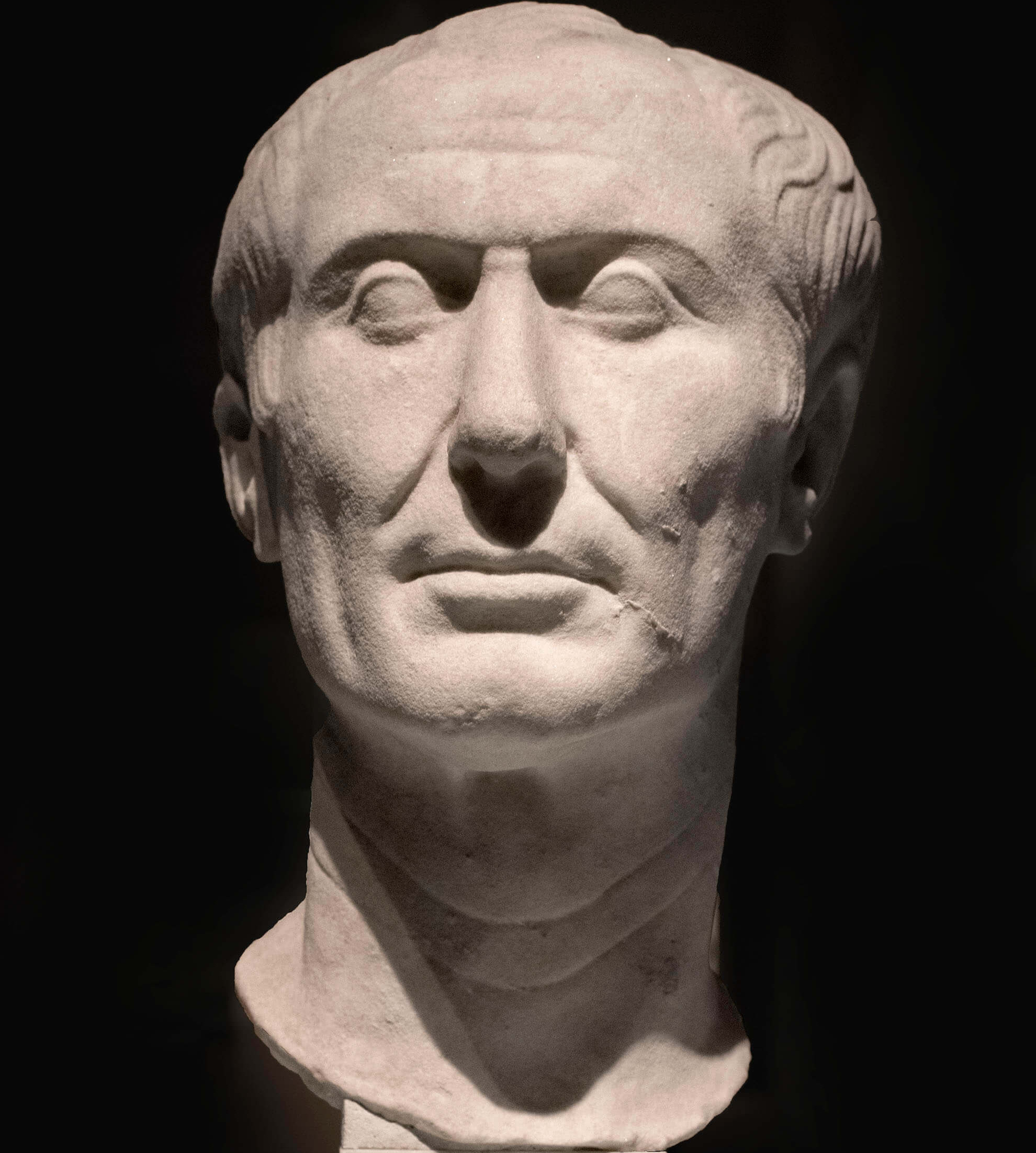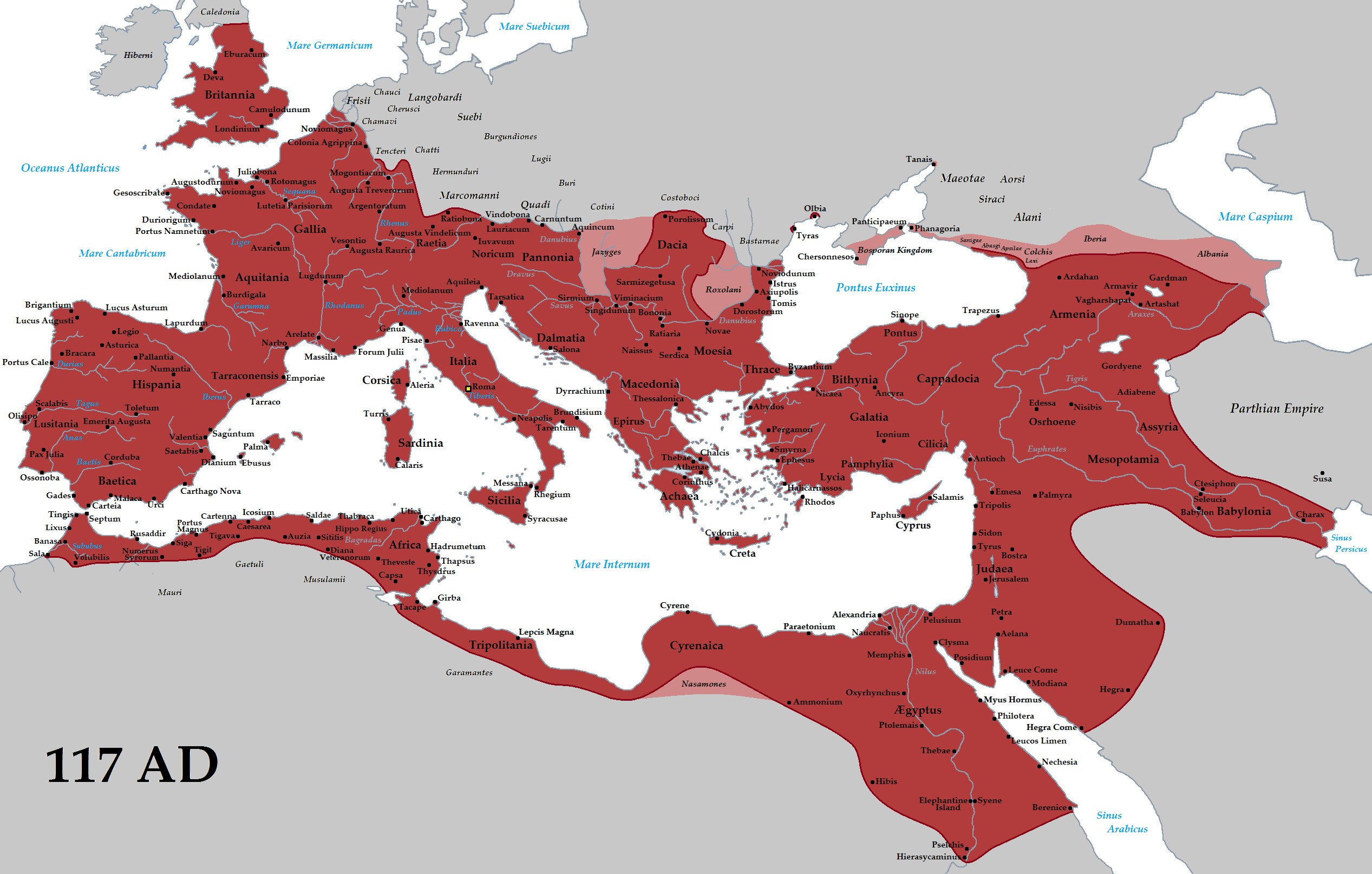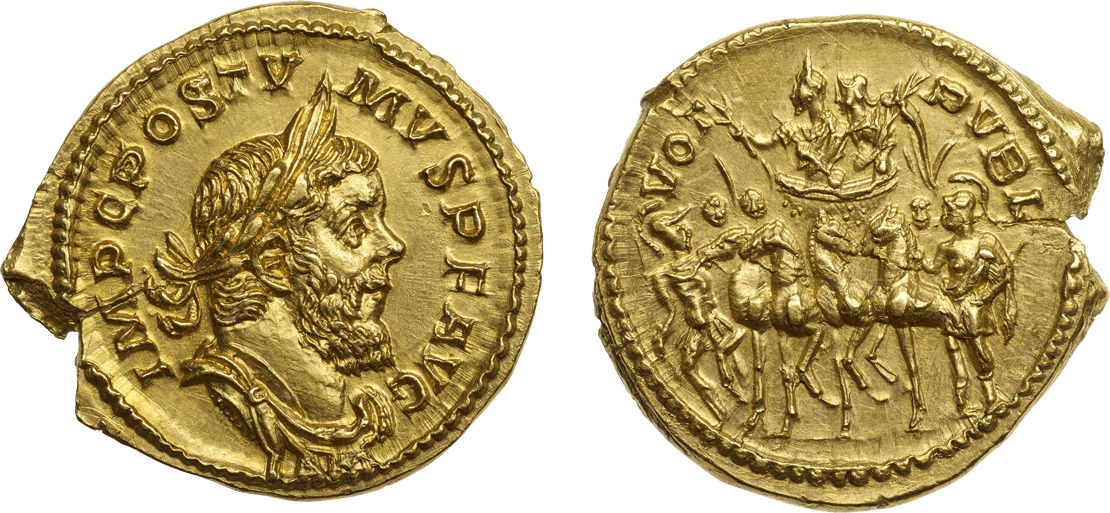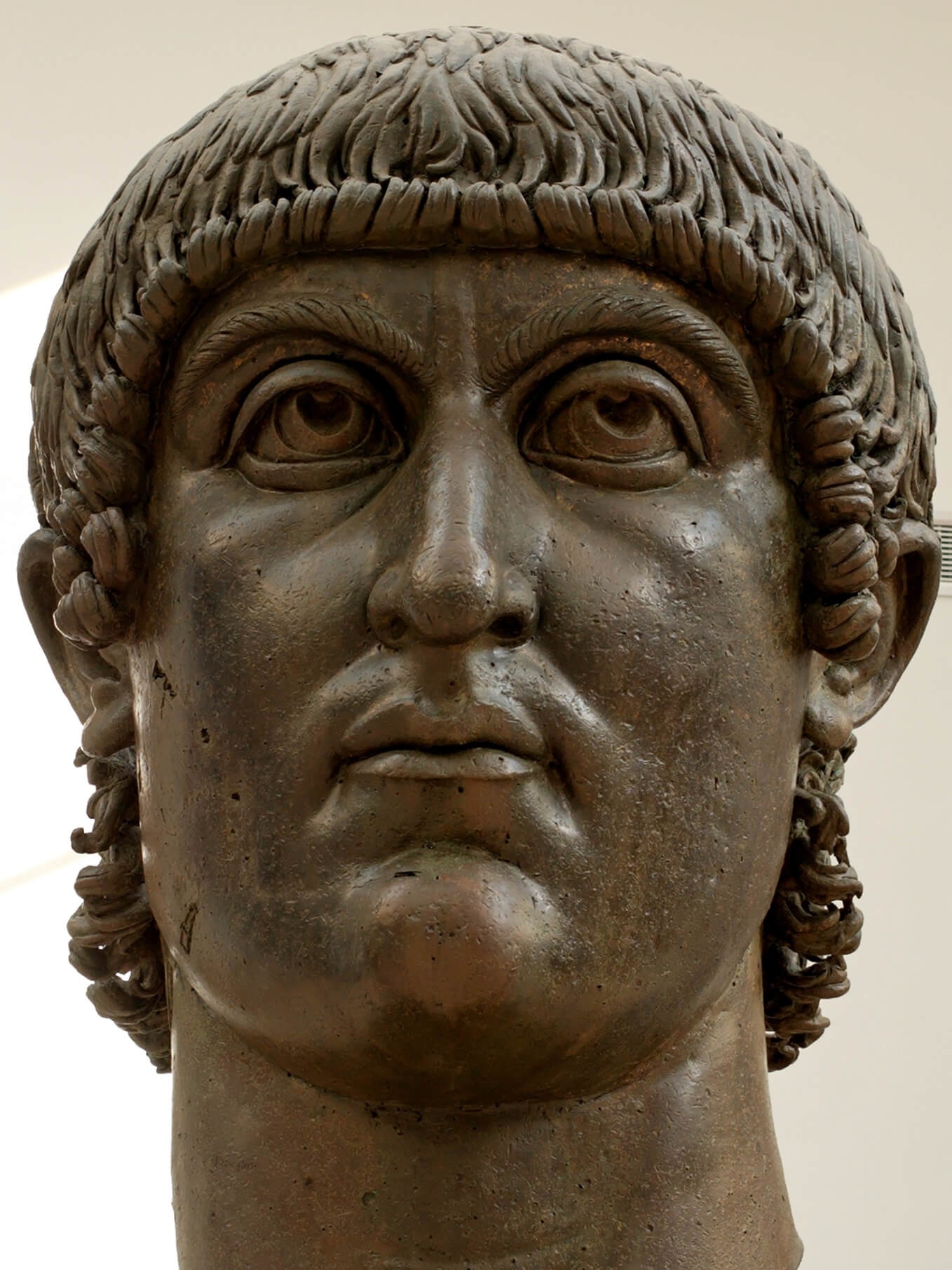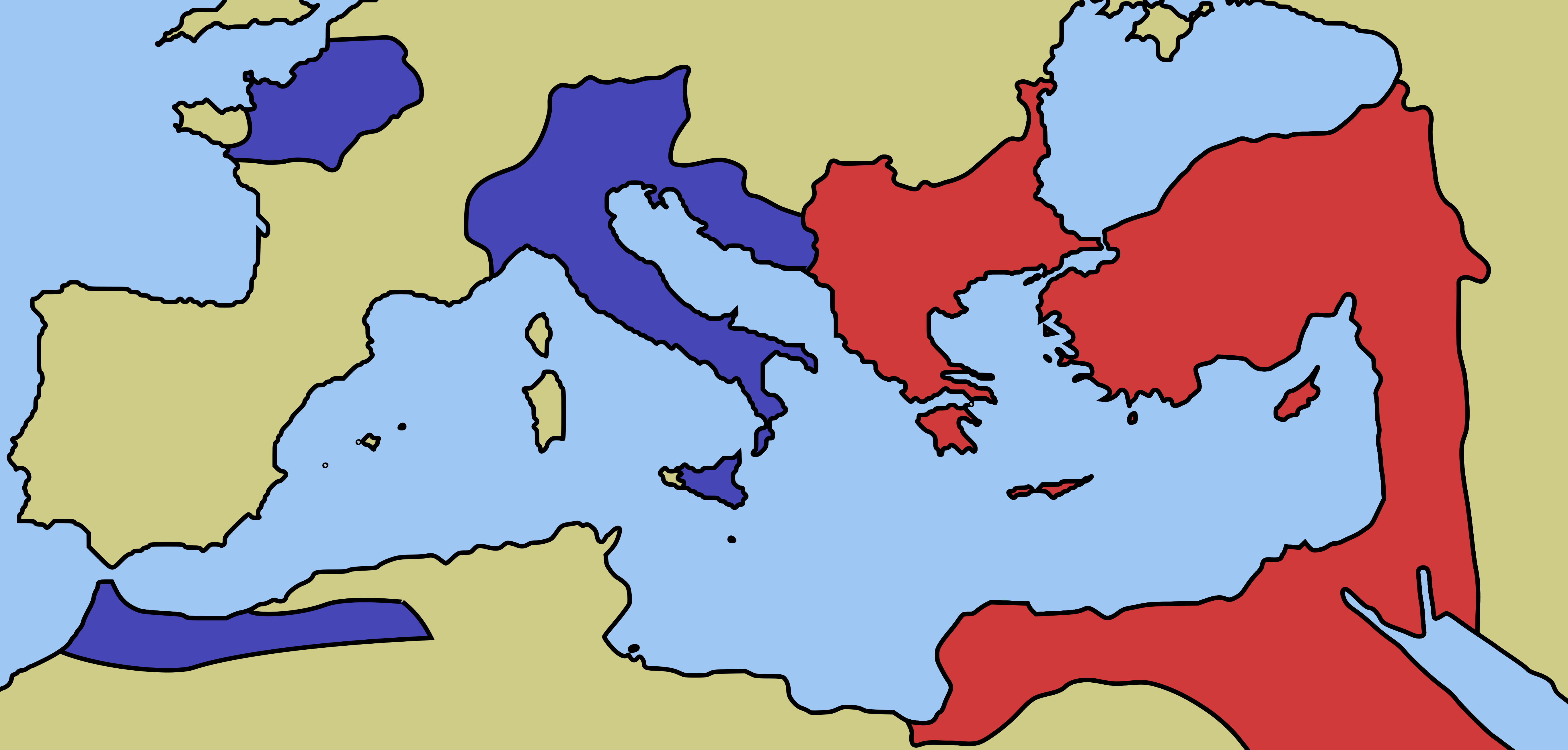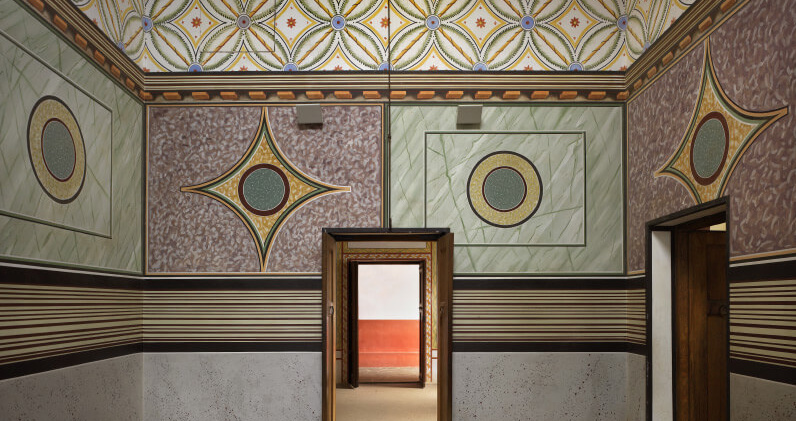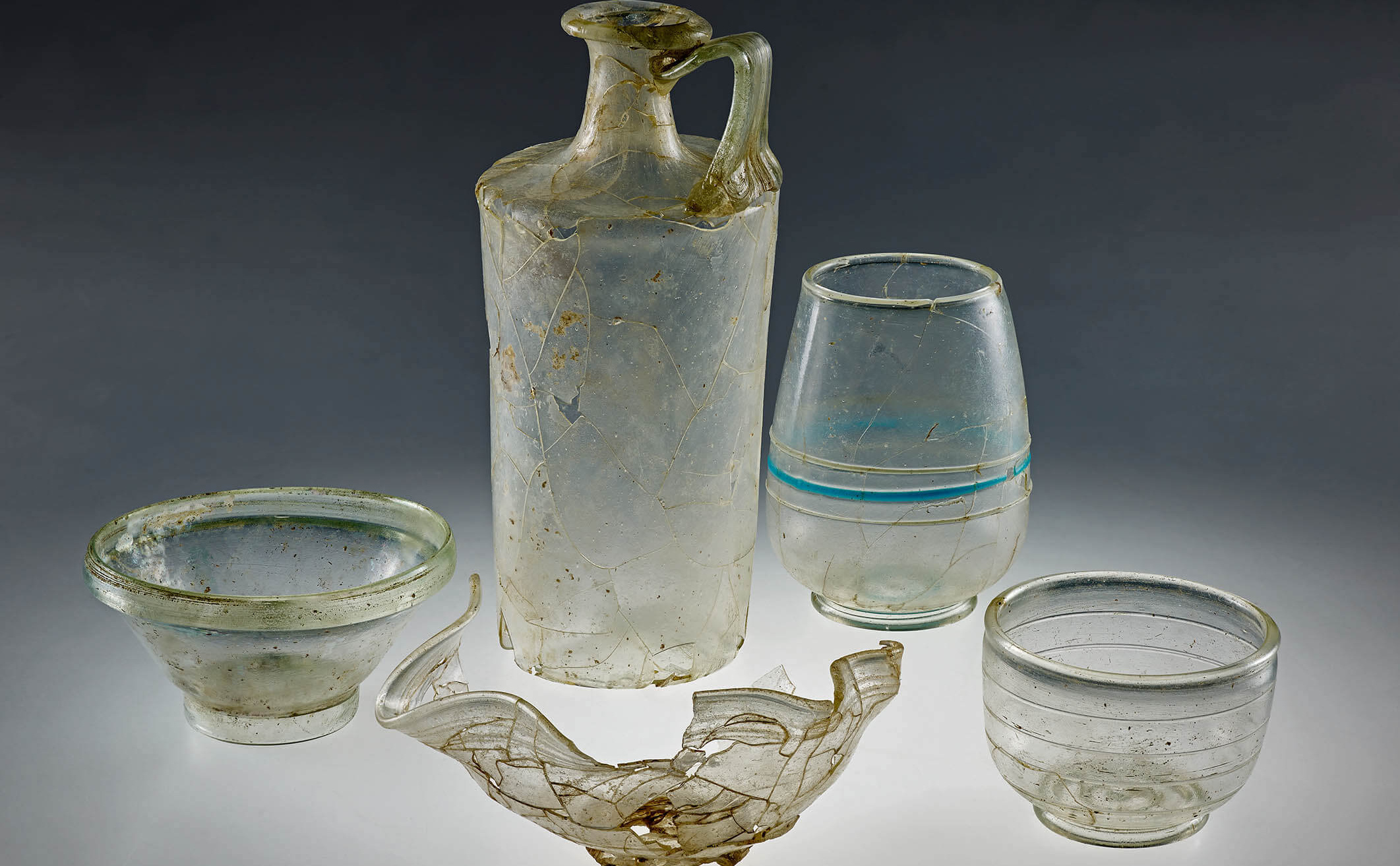The Roman Empire
According to the legend of Romulus and Remus, Rome was founded in 753 BC. In contrast, archaeological evidence shows that the first settlements existed on the Aventine, one of the seven hills, and along the Tiber as early as the 13th century BC. There is also evidence of a harbour at the Tiber ford dating back as early as the 8th century BC.
Researchers believe the time around 600 BC to be the ‘founding date’ of Rome. From the 6th century onwards, Etruscans, a northern Italian ethnic group, are clearly confirmed as the population of Rome.
Today we call many of the early Etruscan influences ‘typically Roman’, for example the use of a writing system - developed on the Greek model - the tria nomina - three names -, gladiator fights and various prophesy rituals. It is also possible that the city name "Rome" is derived from an Etruscan noble family called Rumela.
Etruscan kings initially ruled in the city-state of Rome, but little is known about them.
Early on, Rome extended its influence to the surrounding region of Latium and developed into a local power.
Perhaps in the wake of a lost naval battle in 474 BC, the Etruscans became less important in Italy. Historians assume that this also marked the end of Etruscan kingship in Rome. The Roman state was then a kind of republic, in which political power was initially exercised only by the patricians (members of the Roman nobility).
The plebeians (common people) therefore fought a long time for political say, having to wait until around 367 BC. Now a ‘government’ consisting of two consuls, a 300-member senate, magistrates (civil servants) and a popular assembly with ‘tribunes of the plebs’ decided on the public affairs of the Roman Republic. From today's perspective, this government was not truly democratic either: only male citizens of Rome were entitled to vote in the popular assemblies (comitia) and only wealthy individuals could apply for the unpaid offices of state. This continued to exclude most plebeians from these posts. A large part of the population, such as women and slaves, had no say at all.
Through wars of defence and conquest, the Roman Republic secured its existence and also opened up new sources of income. In the process, Rome turned defeated opponents into allies by giving them profitable alliances. This policy very much worked in favour of Rome's ascent. At the beginning of the imperial era, the former city state dominated the entire Mediterranean region.
The aspirations of power shown by various Roman army leaders triggered a civil war in the 1st century BC, which led to the end of the Roman Republic in 60 BC.
Now the first ‘Triumvirate’ (three-man alliance) of Gnaeus Pompeius Magnus (106-48 BC), Marcus Licinius Crassus (115-53 BC) and Gaius Julius Caesar (100-44 BC) took over the affairs of state. This alliance resulted in the dictatorship of Caesar, who had achieved a stable political position through his year in office as consul and his Gallic conquests.
Caesar's assassination in 44 BC led to political unrest before the Second Triumvirate of the generals Gaius Octavius (Octavian), Marcus Aemilius Lepidus and Marcus Antonius took over the government of the Roman state from 43 BC. Over the next few years, Octavian ousted his colleagues in office one after the other before conquering Egypt in 30 BC, returning to Rome and ending the Roman civil war.
Octavian officially restored the Republic, but in fact he was now sole ruler.
The Roman Republic, despite its official designation as the ‘principate’, was in effect a monarchy. In order to mask this change in the form of government and to avoid new unrest, Octavian did not refer to himself as emperor, but as princeps, ‘the first [citizen]’, until the Senate gave him the epithet Augustus (the venerable - or illustrious - one) in 27 BC.
Under Augustus, the empire grew by a further six provinces. One of these was the later Germania Inferior (Lower Germania), which included parts of present-day North Rhine-Westphalia, Belgium and the Netherlands.
During the period of the ‘adoptive emperors’ (succession by adoption), the Roman Empire had its greatest expansion under Emperor Trajan (98-117 AD).
It stretched from Scotland to North Africa and from Portugal to the Middle East. Researchers put its population at around 50 million people.
The fall of the Roman Empire had foreign and domestic political reasons. With increasing threats to many external frontiers from non-Roman tribes from the 3rd century AD onwards, the situation in many provinces became so unstable that local military leaders proclaimed their generals emperors. Between 235 and 285 there were twenty-six of these soldier emperors. Some Roman provinces became their own dominions in the process, such as the Gallic Special Kingdom (260-274 AD), whose capital was Cologne for about a decade. Until the end of the 3rd century, civil wars repeatedly raged in Rome itself.
Emperor Aurelian (reigned 270-275 AD) succeeded in stabilising the borders and abolishing the special empires again. Nevertheless, Rome was severely weakened economically. Invading Germanic tribes had plundered numerous provinces. Money was devaluated and bribery was the order of the day among Roman officials.
Emperor Diocletian (reigned 284-305 AD) managed to further consolidate the state with comprehensive and sometimes unusual measures. With three co-emperors (form of government: tetrarchy = rule by four) he undertook successful campaigns of conquest and/or to secure the borders, implemented tax, financial and administrative reforms and carried out extensive building measures.
Diocletian's attempt to strengthen the internal unity of the state also by reintroducing the Roman cult of the gods led to persecutions of Christians, as the Christians refused to make sacrifices to the traditional Roman gods.
Under Emperor Constantine (reigned 306-337 AD, autocrat from 324 AD), the tetrarchy reverted to autocracy. In 330 AD, Constantine moved the capital of the Roman Empire to Constantinople, the ‘new Rome’ (modern-day Istanbul).
During the subsequent decades, the Roman Empire remained threatened by power disputes between rulers and by war campaigns triggered by invading Germanic tribes.
In 395 AD, the Roman Empire was divided into a western and an eastern part.
However, this did not mean the disintegration of the Roman Empire as such, as the same laws applied in both parts of the empire. The seats of government were Constantinople in the east and Milan or Ravenna in the west.
Continued war campaigns and invasions gradually gave rise to separate kingdoms of Germanic tribes in the Western Roman territory. The last Western Roman emperor, Romulus Augustus, ruled from 475-476 AD.
In the Eastern Roman (Byzantine) Empire, emperors continued to rule until 1453 AD, before Constantinople fell under Ottoman rule.
At the time of its greatest expansion under Emperor Trajan, the Roman Empire covered three continents with a population of about 50 million.
Extensive construction measures such as roads, aqueducts, forts, villas, manor houses, thermal baths and much more created a sense of the Roman way of life even in areas that had not been developed before.
The dense, well-developed and signposted road network and the use of writing ensured the rapid exchange of information and goods.
The good administration of the provinces as well as the strategic positioning of the military made it possible to supply the entire state of Rome with revenue, personnel and goods.
Because of its great extent and the uniform administrative structure of all provinces, ‘Ancient Rome’ is called the world empire of antiquity.
The question of which countries today belonged to the Roman Empire is difficult to answer, since their borders very often do not match today’s frontiers and often only parts of present-day countries belonged to the Roman Empire. Also, not all the countries listed here were occupied continuously or permanently. To give the best possible overview, the countries in which Romans ruled are nevertheless listed here under their present-day names.
- Egypt (with Sinai Peninsula)
- Algeria
- Armenia
- Belgium
- Bosnia-Herzegovina
- Bulgaria
- Germany
- France (with Corsica)
- Greece (with Crete)
- Great Britain
- Iraq
- Israel
- Italy (with Sardinia and Sicily)
- Jordan
- Kosovo
- Croatia
- Libya
- Luxembourg
- Malta
- Morocco
- Northern Macedonia
- Montenegro
- Netherlands
- Austria
- Portugal
- Romania
- Switzerland
- Serbia
- Slovenia
- Spain
- Syria
- Turkey
- Tunisia
- Hungary
- Cyprus
